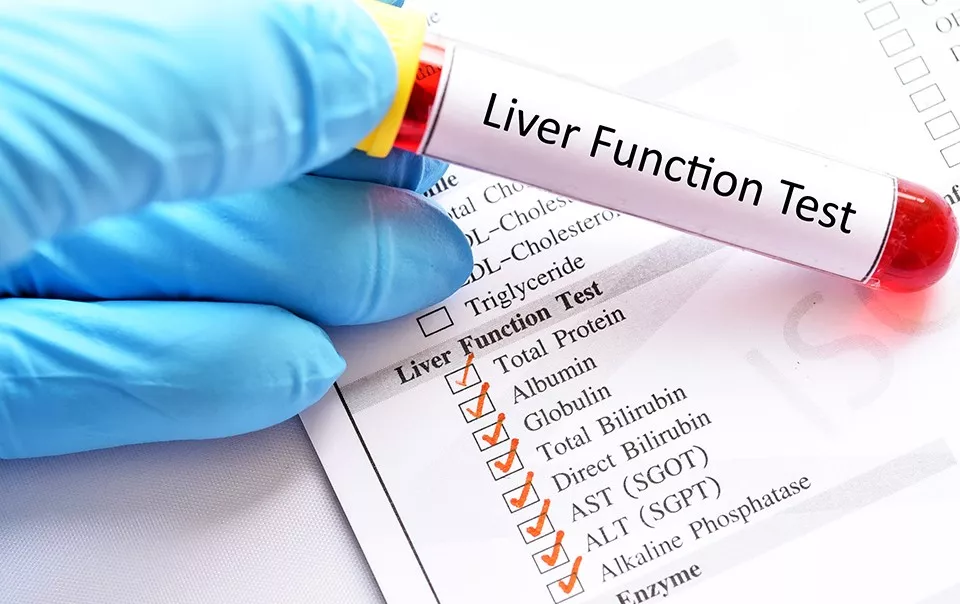Bell’s palsy and strokes are both neurological medical conditions that affect nerve system. To the layman, the signs of both the symptoms look alike, but the diseases are very different from one another.
While both begin in the brain, they affect different parts of the body and brain. While Bell’s palsy is extremely alarming, stroke is really a medical emergency that requires the intervention of a neurology hospital immediately.
Understanding Bell’s Palsy
It is a temporary weakness or paralysis of a muscle in the face. It makes one part of the face droop. While it most likely affects one part of the face, it is possible for it to affect the entire face. Bell’s palsy causes trouble for patients to close one eye, he or she has trouble smiling or using their facial muscles in general.
Bell’s Palsy can happen to anyone across age groups and affects men and women equally.
Understanding a Stroke
The main cause of stroke to take place is when a blood vessel leading up to the brain or even in the brain is blocked by a rupture or clot. It is definitely a medical emergency because a part of the brain stops receiving nutrients and oxygen. Visiting a neurologist is imperative.
Different types of strokes :
- Ischemic Strokes
- Hemorrhagic Stroke
- Transient Ischemic Attack (TIA)
- Cryptogenic Stroke
- Brain Stem Stroke
What are the symptoms and signs of Bell's palsy vs. a stroke?
At first look, both the diseases seem similar but there are some key differences to look out for -
Symptoms of Bell's palsy
- Lack of sensation in your face
- Muscles that regulate the face move erratically. For example, you may have difficulty blinking or smiling.
- Headache
- Drooling
- Tearing
- Excessive acoustic sensitivity in the afflicted ear (hyperacusis)
- On the first two-thirds of the tongue, there is no sense of taste.
- Having difficulty or being unable to close your eye on the affected side of your face.
Symptoms of a stroke
Each second is vital while dealing with stroke. Acting as quickly as possible can reduce the amount of damage caused to the brain.
The symptoms include :
- Sudden weakness or numbness in your face, arms, or legs, particularly on one side of your body.
- Difficulties with speaking, comprehending, and comprehending speech.
- Sudden difficulty seeing out of one or both eyes.
- Dizziness and coordination problems that impair walking and balance.
- Unexpected and terrible headache
Understanding the causes of Bell’s Palsy and Strokes
The causes of Bell’s palsy and strokes are very different. Knowing the causes of each helps understanding the severity of the conditions.
Causes of Bell's palsy
Bell's palsy occurs when the 7th cranial nerve in the brain, which controls the face muscles, is damaged. It is uncertain what causes this injury, however it is typically associated with a viral infection.
Some common viral infections associated with Bell's palsy include:
- Shingles and chickenpox
- Cold sores and genital herpes
- Mumps (mumps virus)
- Mononucleosis infectious
- Illnesses of the respiratory system
- Flu
- Infections caused by Cytomegalovirus
- Measles
- Illnesses of the respiratory system
Causes of Strokes
Strokes are caused by a blood artery within or leading up to the brain becoming clogged or ruptured. Many conditions can cause this or make you more vulnerable to having a stroke:
- Blood pressure that is too high
- Elevated cholesterol levels
- Cardiovascular disease
- Diabetes
- Sickle Cell Anemia
- Stroke or transient ischemic attack in the past
Bell's palsy treatments versus stroke treatments
Bell's palsy is treated significantly differently from a stroke, and most people who have it recover completely. It usually clears up on its own in two weeks and is totally gone in a few months.
There is no single suggested treatment programme, and your doctor may recommend a combination of medicine and physical therapy. Doctors, on the other hand, almost generally advise eye protection to keep the drooping eye from drying out overnight.
Some common Bell's palsy treatments include:
- Steroids
- Antiviral medication
- Analgesics
- Physical therapy
Treatment for a stroke is far more complicated, and it depends on the sort of stroke you've had. The goal of Ischemic stroke treatment is to restore blood flow to the brain. The goal of treatment for a hemorrhagic stroke is to stop the bleeding, alleviate pressure on the brain, and stabilize vital signs.







